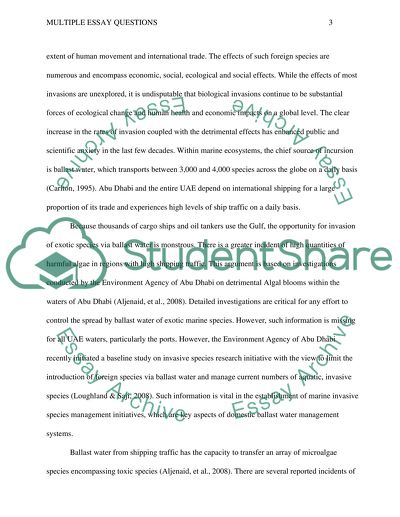Cite this document
(“Marien Environment: Ballast Water Management in Abu Dhabi Research Paper”, n.d.)
Marien Environment: Ballast Water Management in Abu Dhabi Research Paper. Retrieved from https://studentshare.org/environmental-studies/1400155-marien-environment-ballast-water-management-in-abu
Marien Environment: Ballast Water Management in Abu Dhabi Research Paper. Retrieved from https://studentshare.org/environmental-studies/1400155-marien-environment-ballast-water-management-in-abu
(Marien Environment: Ballast Water Management in Abu Dhabi Research Paper)
Marien Environment: Ballast Water Management in Abu Dhabi Research Paper. https://studentshare.org/environmental-studies/1400155-marien-environment-ballast-water-management-in-abu.
Marien Environment: Ballast Water Management in Abu Dhabi Research Paper. https://studentshare.org/environmental-studies/1400155-marien-environment-ballast-water-management-in-abu.
“Marien Environment: Ballast Water Management in Abu Dhabi Research Paper”, n.d. https://studentshare.org/environmental-studies/1400155-marien-environment-ballast-water-management-in-abu.


